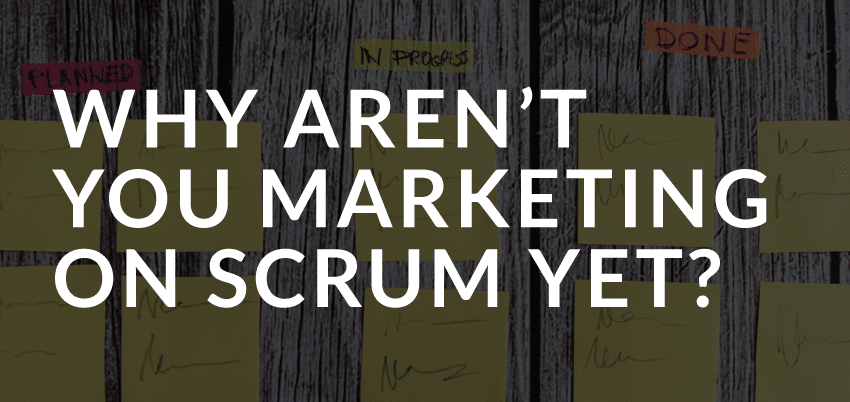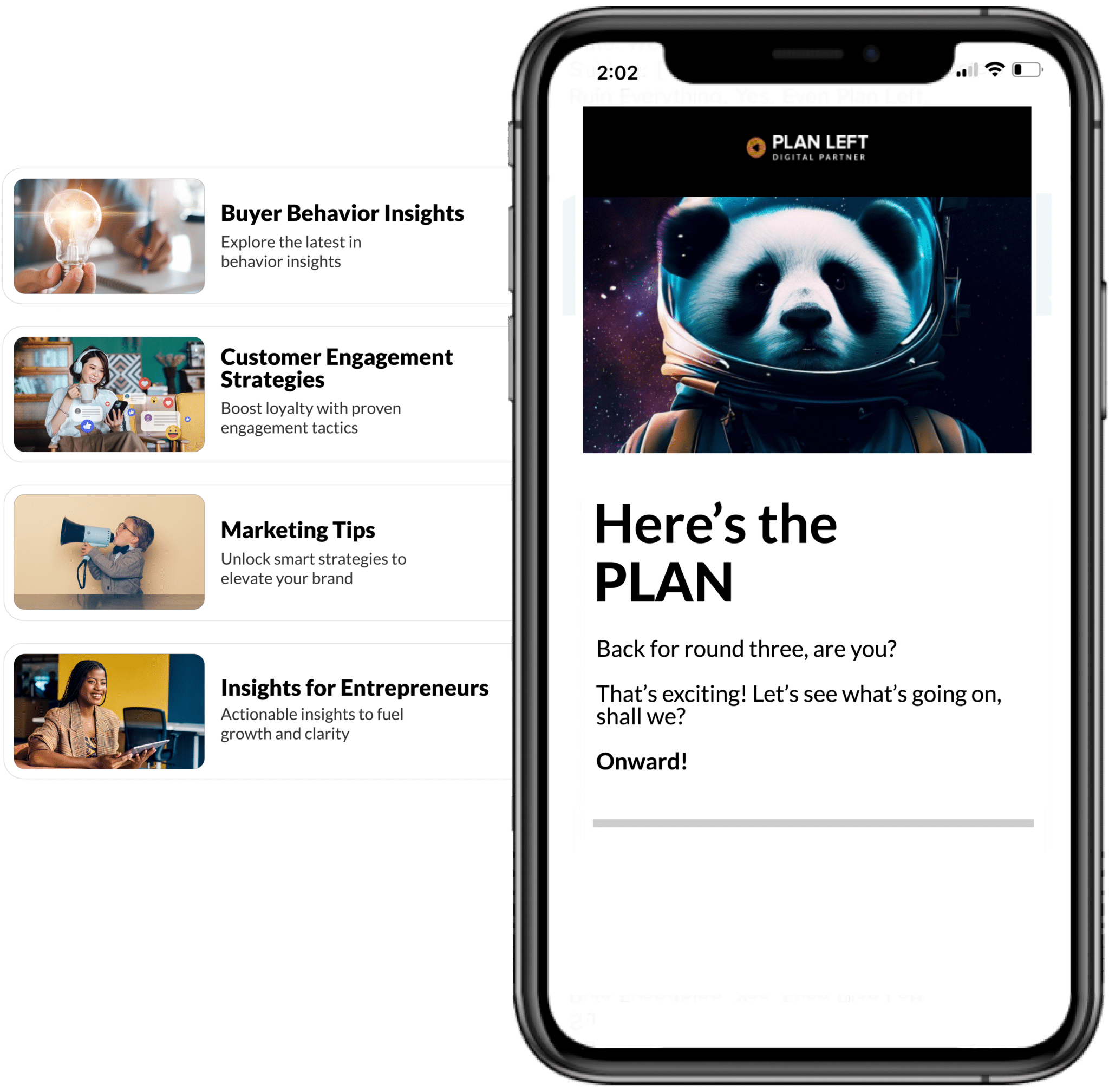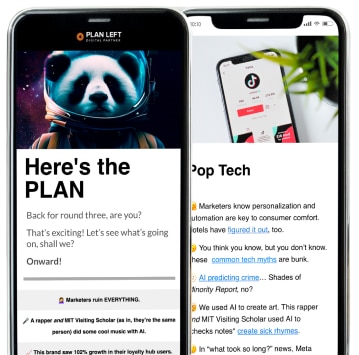
The agile method was originally introduced for software development, but with some tweaks here and there, the process works beautifully for most marketing endeavors. Your current method, the traditional strategy, is probably the “waterfall” method. This basically means you take on each task as it’s introduced, whether or not you already have a pile of other tasks waiting. As you’re probably well aware, a marketing agency or department can be buried pretty quickly this way. That’s why we want to know: Why aren’t you marketing on scrum yet?
How It Works
The full scope of scrum is impossible to explain in one short blog. Over time, we’ll cover each aspect fully. Today, let’s focus on one of the more powerful scrum tools: the sprint.
In scrum, each project milestone becomes a sprint. These are exactly what they sound like: an all-out push toward the finish line, with speed and coordinated effort towards your ultimate goal. You can’t just set up a sprint and start running, though. There are some steps to follow.
- Plan the sprint – Identify tasks that become a well defined, deliverable component, and determine the estimated time
- Start the sprint – Complete the tasks within the set time
- Review the sprint – Review tasks with client for accuracy
- Improve the sprint – Keep the successful and rework the mistakes
You set the time limit. You maintain all control. How is that not better than what you’re already doing?
The Biggest Benefits
The ability to work in short bursts of time, change direction quickly, and accrue less waste definitely tops the list of benefits. It’s not the only big benefit, though. Quite a few other major plusses will arise.
Shared responsibilities
When working on scrum, one person is never solely responsible for the marketing tasks ahead. Of course, you’ll want to keep people in their comfort zones to avoid wasted time, but scrum allows for time to train in small doses. Instead of neatly defined roles, everyone pitches in to carry a project from start to finish. Everyone relies on others, keeping the whole team accountable.
Time to test
If you’re moving from one task to the next without a break between, when will you get a chance to determine what works and what doesn’t? When you create sprints, give yourself a break between to review and improve. Test everything, even the processes that already see great results. “Good enough” is never actually good enough.
Obvious focus will emerge
Software developers that have used scrum for years realized that 80% of their results came from 20% of the efforts. When you take the time to test your results and challenge your successes, you’ll discover where you receive the biggest return on your investment of time. Whether it’s traffic, revenue, or publicity, the same efforts will achieve those successes every time. Why spin your wheels?
Constant deliveries
When you’re working in short bursts on various projects, you can deliver results to your clients on a regular basis. Whether you have deliverables that are presented at the end of each sprint or delivered throughout the sprint—such as blogs, ebooks, and website content changes—the customer will constantly have new products to look at. This also gives you the chance to receive constant feedback so you can streamline your strategy as you go.
Collective ownership of the outcome
A full team working on one project owns the success or failure. That alone prompts marketers to give their all so they can take part in the victory and avoid further flops. Since you’ll be delivering more, testing for the best outcome, and putting your efforts where they make the biggest impact, employees will own more victories than failures over time.
Now, it’s not easy to implement the scrum process, especially if you don’t have everyone on board. You also have to be prepared for some failures, at least as you get started. The ability to improve at a quicker rate and provide solid results for your clients on a regular basis is worth any pains you might experience in the beginning.
So again, I ask: Why aren’t you marketing on scrum yet?
Explore Latest Posts
Your lead magnet has successfully attracted hundreds of downloads—but where are the sales? This disconnect between lead generation and revenue ... read more
July 10, 2025
Every click, every input, every submission tells a story. For users with disabilities, website forms can be either welcoming gateways ... read more
July 9, 2025
ADA website accessibility audits require a blend of technical expertise and strategic planning to ensure compliance with WCAG standards. While ... read more
July 7, 2025
Essential Strategies for Entrepreneurs
Get Actionable Business Insights & Marketing Tips
Our newsletter delivers real-world strategies from entrepreneurs who’ve been exactly where you are.
Sign up now for:
- Actionable growth strategies that work
- Insider tactics for attracting top talent
- Real-world case studies from successful founders
- Emerging tech trends that drive innovation
- Pragmatic marketing approaches for visionary leaders




